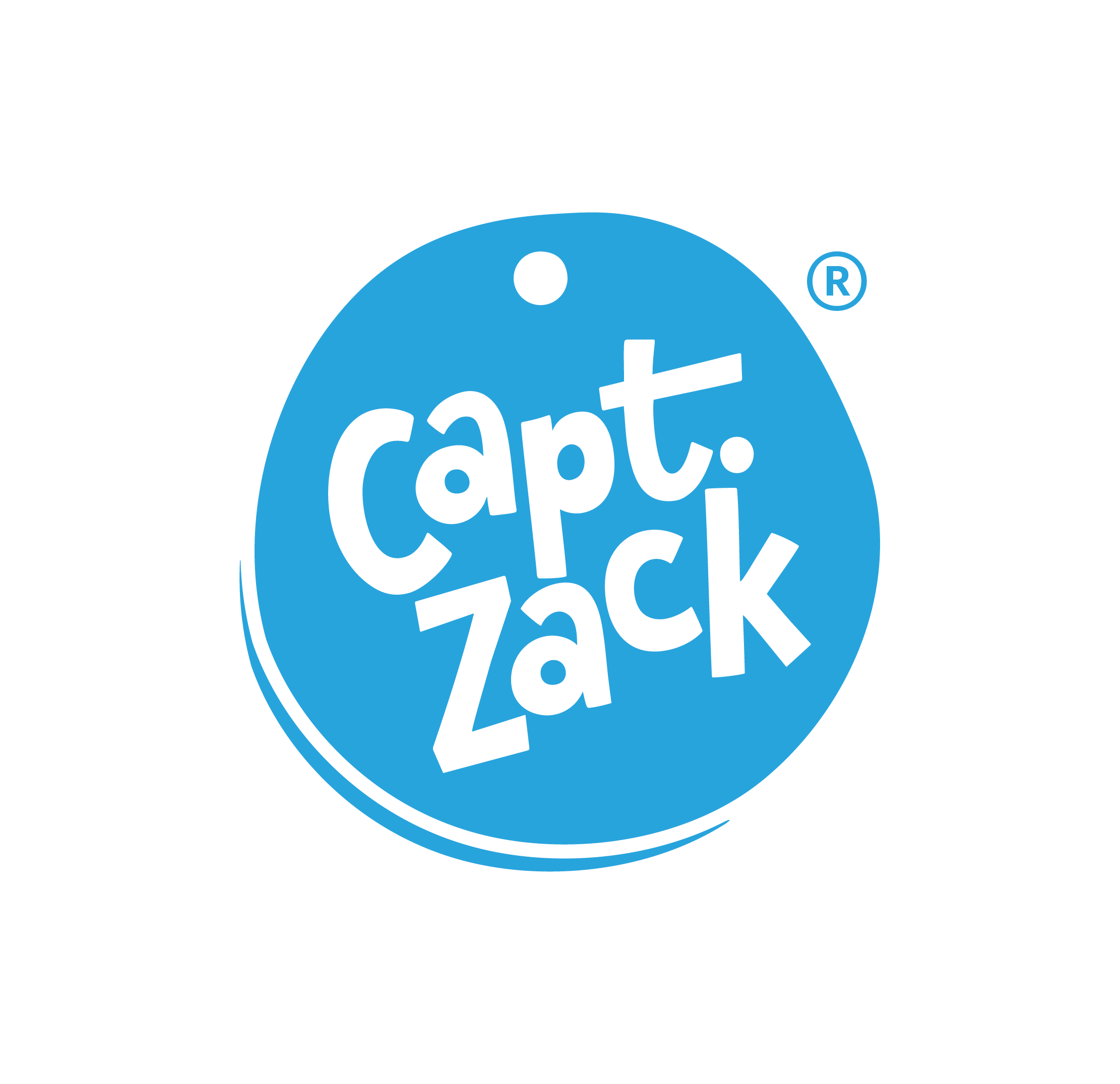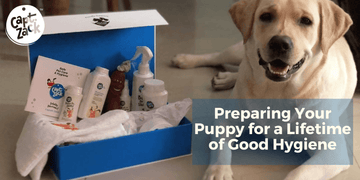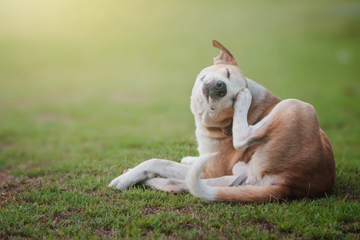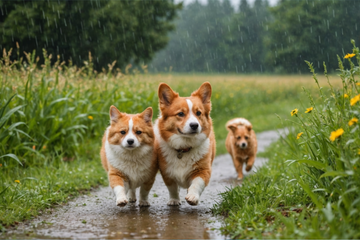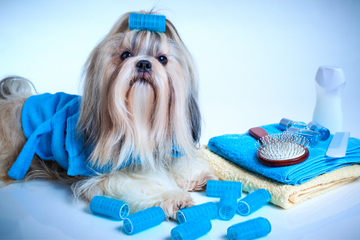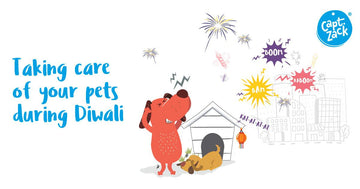By Lynn Buzhardt, DVM
Care & Wellness, Puppies, Pet Services
Who wants a dirty dog? Clean dogs are usually healthy dogs, but practicing good hygiene takes practice! If the “practice” starts during puppyhood, chances are keeping your dog clean throughout his life will be easy.
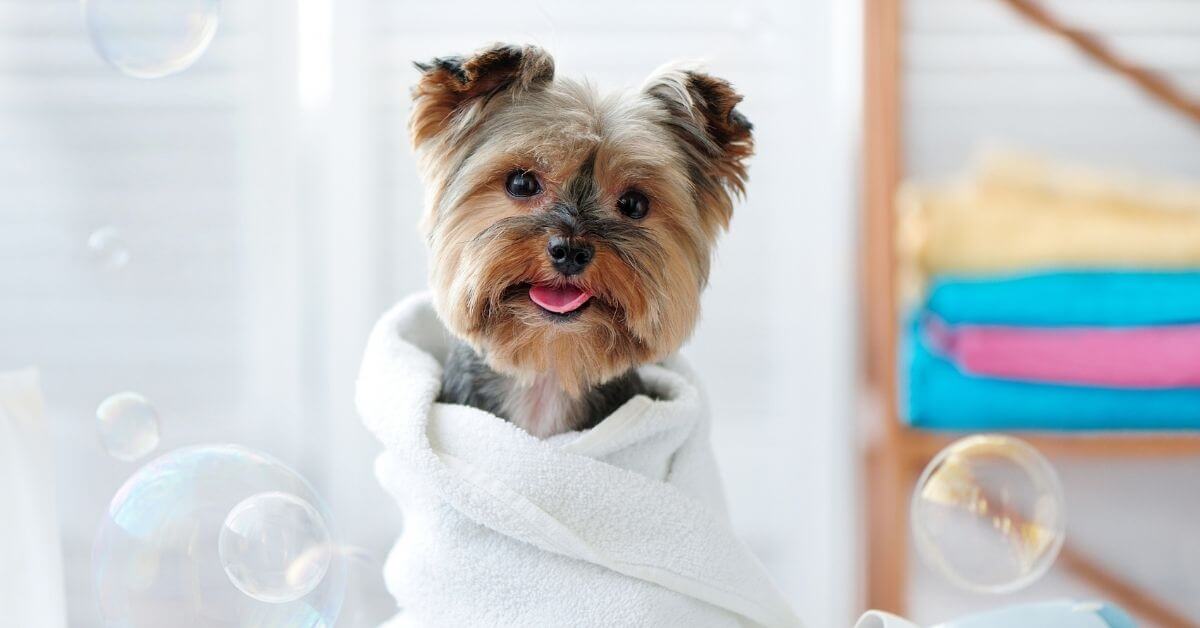
Why is hygiene a concern?
In the wild, dogs maintain their own hygiene without human intervention, but this level of cleanliness is seldom adequate for human interaction. While most dogs aren’t offended by the smell of their canine friends, humans are. And while dirty feet in the forest aren’t a problem, muddy paws on the living room carpet are a big no-no.
Humans and dogs have different ideas about what counts as “dirty” so the regimen we impose on our pets may be contrary to their nature. Dogs don’t instinctively brush their teeth or take a bath, so we must orient them as pups to the hygiene requirements of domestic life with humans.
How do I get my dog used to being brushed?
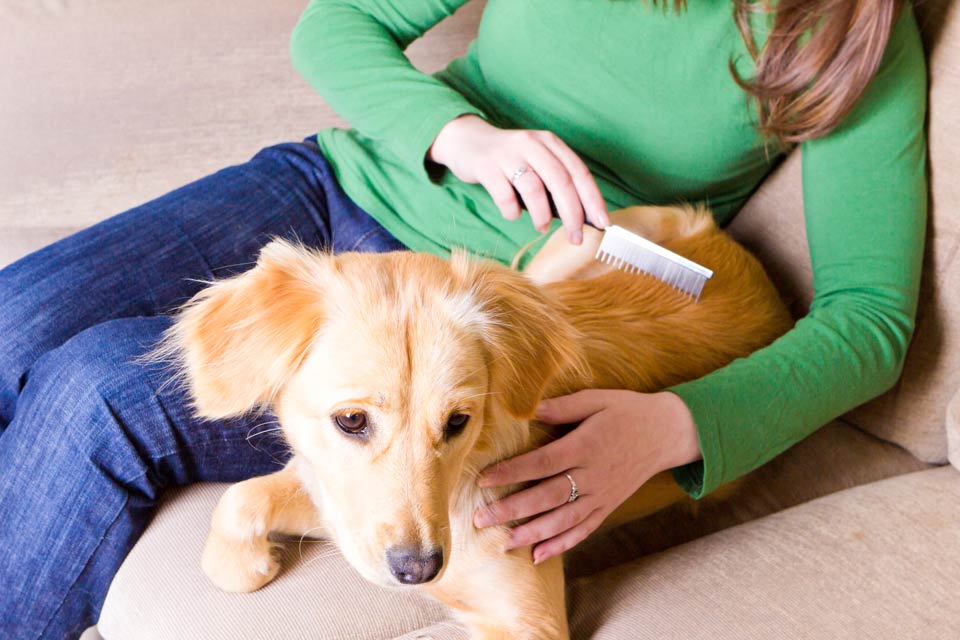
Pups usually respond positively to a gradual introduction of brushing. First, get your pup accustomed to your touch. Hold your pup while rubbing your hands gently, but firmly, down his back in slow strokes which are more calming than brisk ones. Rub his tummy, legs, and feet. Then rub his neck and ears. Speak quietly to your pup as you massage him. Repeat 5 minute sessions several times a day. When your pup readily lets you touch him, try using a soft bristle brush.
If at any point your dog resists, squirms, or cries, stop at once but do not release him. Continue to hold him and talk to him until he calms down. When he quiets down, reward him with praise or a treat and resume brushing.
How do I get my dog used to taking a bath?
Bathing should be a relaxing experience. As newborns, pups enjoy being licked by their mothers, so let’s take a few pointers from mama dogs. First, make sure the water is warmed to body temperature (like mother’s saliva). Mama dog doesn’t splash her pup, so neither should we. Gently pour water over the pup starting with the torso and moving to the feet. Use a damp cloth to wash the face without getting water in the pup’s eyes. You may apply an approved ophthalmic lubricant to the eyes to protect them from irritation. Use an approved puppy shampoo and gently lather the coat with firm, slow strokes. Rinse the pup with warm water making sure all the suds are removed.

"Bathing should be a relaxing experience." Choose only Captain Zack's Puppy Grooming Range.
If you bathe your dog in the bathroom, introduce her to the tub or shower prior to the actual washing. Place her in the tub or shower without turning on the water, speak to her calmly and offer a treat to encourage positive feelings about the bathroom. A non-slip mat will make her feel more secure in the slick tub or shower.
How do I dry my dog while keeping it positive?
Wet dogs shake, so if you don’t want a shower yourself, step back when your dog exits the tub or shower. Warm a towel in the dryer and use slow, firm movements to dry your dog. To introduce your dog to an electric hair dryer, place it on the floor and let her investigate for a bit. Then place the dog a distance away from the dryer and turn it on low/cool setting. Gradually approach her with the dryer angled away from her face. Increase the heat setting when she feels secure.
How do I get my dog used to clipping/grooming?
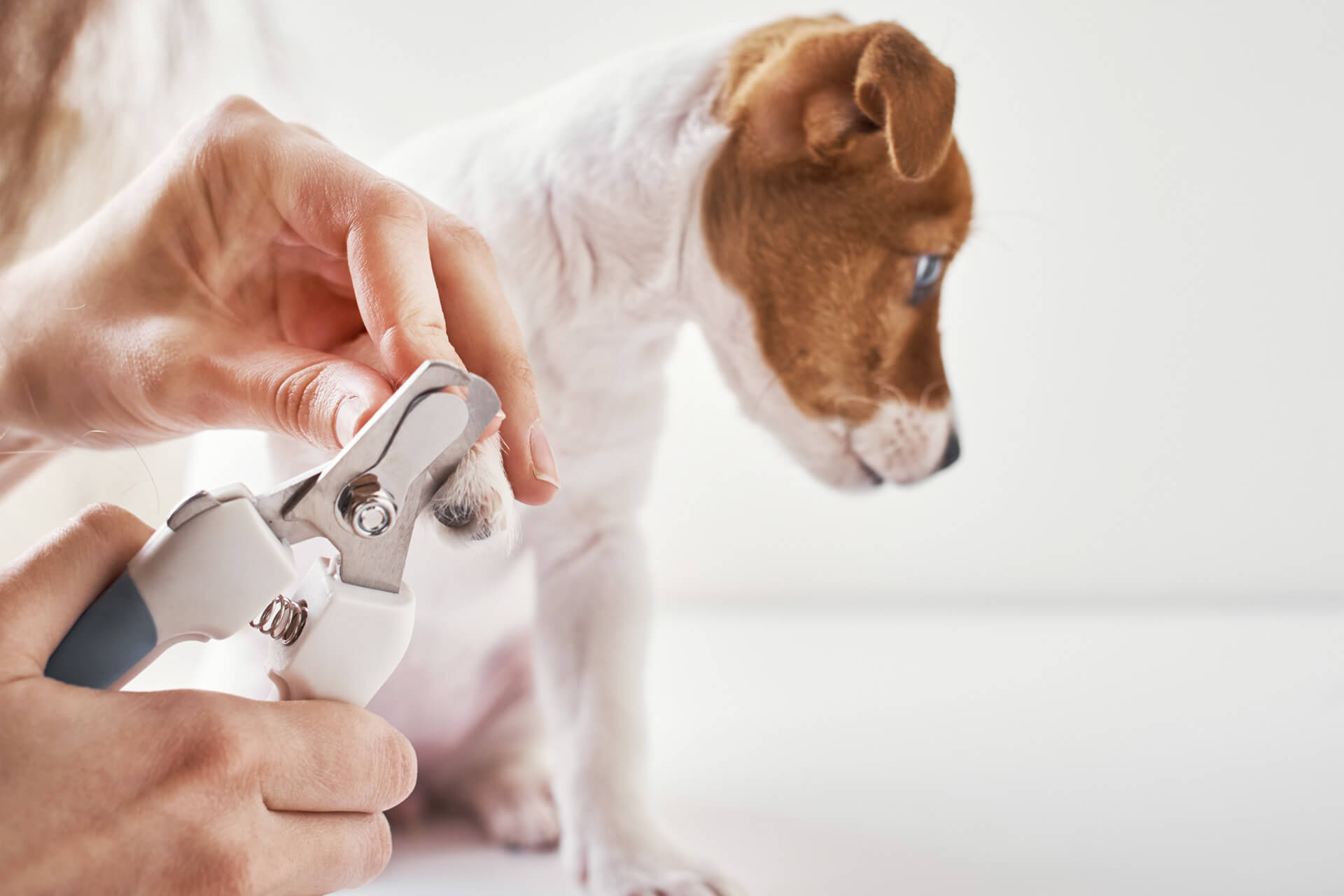
Whether you groom your dog at home or seek the help of a professional, the experience can by scary for pups. The sight, sound, smell, and sensation of electric clippers can be frightful. Use the hair dryer introduction process for the clippers. When the pup tolerates the sight and sound of the clippers, turn them off before touching them to his coat. Let him feel the weight of the clippers as you gently move them along the growth pattern of the fur. Finally, turn the clippers on and trim a little hair. Keep initial grooming sessions brief.
How do I get my dog used to having his teeth brushed?
Although dogs clean some tartar from their teeth by chewing dry food, they simply cannot do enough to deter periodontal disease in the long run. Human intervention is required to postpone health complications (e.g. heart disease, kidney failure) related to poor dental health. As with most aspects of canine hygiene, brushing teeth doesn’t come naturally for pups.
"Human intervention is required to postpone health complications related to poor dental health."
The first step is involves acclimating the pup to having his mouth handled. Begin by gently rubbing your pup’s muzzle several times a day followed by raising his lips and rubbing his gums with your fingers. Next, cover your finger with gauze or a damp face cloth and rub his gums along the tooth line. Then introduce a toothbrush and toothpaste.
Use a toothbrush and toothpaste approved for dogs. Pups don’t swish and spit, so toothpaste must be safe when swallowed. Human toothpaste can upset a pup’s stomach. Using a small amount of your dog’s toothpaste, brush the teeth next to the gum line in back and forth strokes (not up and down). Do the incisors (the small teeth along the front) first, then the left and right sides. Open the dog’s mouth and brush the inner surface (tongue side) of the teeth. The tongue helps clean this side of the teeth, so minor brushing should suffice. Eating usually keeps the chewing surfaces of the teeth clean, so brushing here may not be needed at all. Brush your dog’s teeth 2-3 times a week.
What else to we need to practice?
You’ll also want to get your dog used to nail trimming and ear cleaning – please see the articles on these topics for in-depth information.
Good hygiene takes practice, but starting early will make keeping your pup clean easier for his entire life.

Visit Captain Zack to Explore a wide range of products exclusively for new puppies.
If you ever feel lost in the journey of being a new pet parent, worry not. Log onto Captain Zack's University of Barkley to get a vet approved answer for all your queries or concerns.

